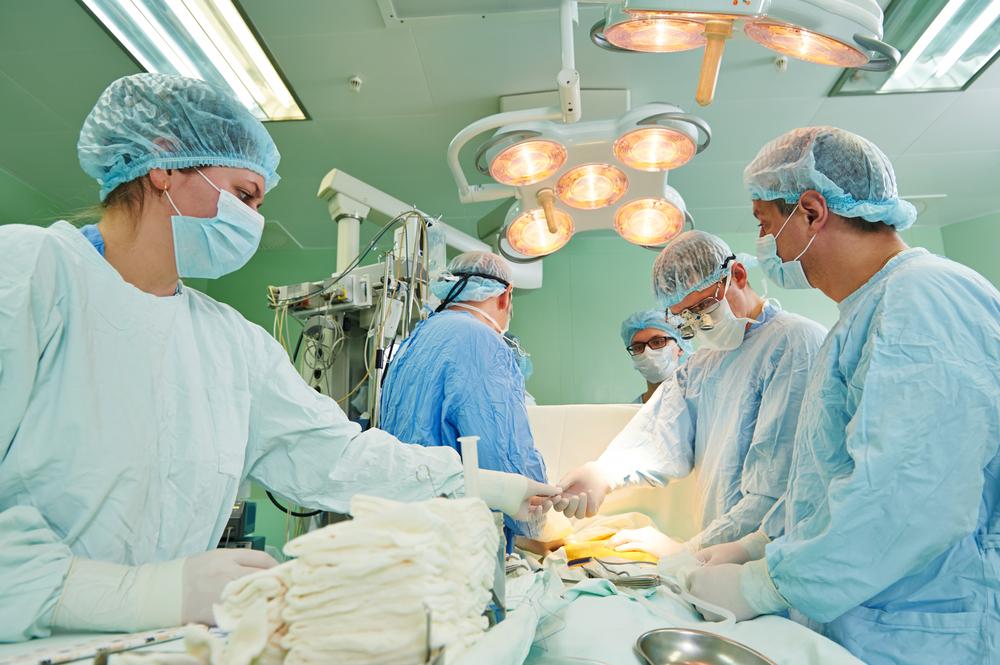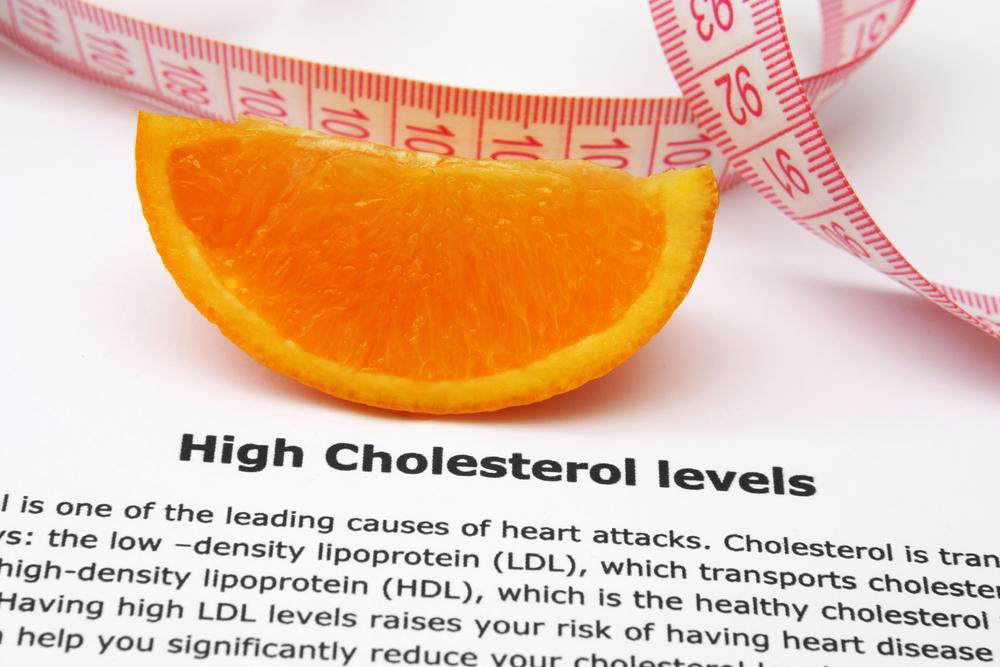Comprehensive Guide to Post-Heart Ablation Care for a Smooth and Safe Recovery
This comprehensive guide provides essential tips for post-heart ablation recovery, covering pre-procedure preparation, immediate aftercare, lifestyle adjustments, and follow-up strategies. Ensuring proper care and monitoring can promote a safe healing process, reduce risks, and improve long-term heart health. The article emphasizes the importance of lifestyle changes, symptom awareness, and regular medical follow-ups to achieve optimal outcomes after heart ablation procedures.

Comprehensive Guide to Post-Heart Ablation Care for a Smooth and Safe Recovery
Heart ablation, also known as catheter ablation, is a minimally invasive medical procedure widely used to treat abnormal heart rhythms, or arrhythmias. The primary goal of this procedure is to identify and eliminate specific small areas of heart tissue that are responsible for irregular heartbeat patterns. Patients experiencing symptoms such as rapid or slow heartbeat, dizziness, chest discomfort, excessive sweating, or pallor often seek this procedure to restore normal cardiac rhythm. Understanding what to expect and how to care for oneself afterward can significantly improve recovery outcomes and overall heart health.
Understanding Heart Ablation: Procedure Overview
During a cardiac ablation, a cardiologist inserts tiny wires known as electrodes through blood vessels into the heart. These electrodes map the electrical activity of the heart and help identify problematic areas that cause arrhythmias. Once identified, targeted energy—often radiofrequency or cryotherapy—is applied to destroy or isolate the aberrant tissue, thereby restoring normal rhythm. Because of its minimally invasive nature, catheter ablation is considered a safe procedure with a high success rate. Nonetheless, like all medical interventions, it carries some risks, including bleeding, blood clots, nerve damage, or injury to blood vessels, though these are infrequent.Pre-Procedure Preparation and Expectations
Preparing for a heart ablation involves a thorough medical assessment, including blood tests, ECG, and imaging studies. Patients are usually advised to fast for several hours before the procedure and to inform healthcare providers about any allergies or medications they are taking. It is essential to arrange transportation home after the procedure, as sedation and anesthesia are used during the process. Understanding the procedure's steps and potential risks helps set realistic expectations and reduces anxiety.Post-Ablation Care: Essential Guidelines for a Successful Recovery
Following a heart ablation, most patients are monitored in a recovery area for several hours to ensure stability and manage any immediate complications. This period allows healthcare professionals to observe for signs of bleeding, arrhythmias, or other issues. Once deemed stable, patients are typically discharged with specific instructions to maximize healing and prevent complications. Coping with post-procedure symptoms and adhering to recommended lifestyle changes are vital components of the recovery process.Applying pressure to the catheter insertion site is crucial to prevent bleeding and hematoma formation.
It is standard practice to lie flat immediately after the procedure, extending the legs for 6–8 hours, to reduce the risk of bleeding and facilitate healing.
Getting ample rest, especially in the first few days, supports tissue healing and overall recovery.
Many patients will be prescribed medications such as antacids, anti-inflammatories, or other supportive drugs—taking these precisely as directed is essential to prevent discomfort and complications.
Strenuous activities, heavy lifting, and vigorous exercises should be avoided during the initial recovery period, typically for at least a week.
Adopting a heart-healthy lifestyle enhances recovery; this includes quitting smoking, limiting alcohol intake, and following a diet rich in fruits, vegetables, whole grains, and lean proteins.
Reducing speech and managing emotional stress help prevent strain on the heart and surgical site.
Patients will undergo regular heart rhythm monitoring, and additional procedures might be scheduled if arrhythmias persist or recur.
Heavy lifting, pushing, or pulling activities should be avoided for approximately a week post-procedure to prevent complications.
Maintaining the surgical site’s cleanliness and dryness is essential until fully healed. Patients should avoid soaking wounds in hot water or immersing the wound in water to prevent infections.
Short showers are preferred over baths; patients should refrain from applying chemical products such as lotions, perfumes, or antiseptics near the wound area until healed.
Monitoring for signs of infection—such as redness, swelling, warmth, or unusual discharge—is important, and medical attention should be sought immediately if these occur.
Monitoring and Follow-up
Regular follow-up appointments with the cardiologist are critical for assessing the heart’s rhythm, medication efficacy, and overall health. Using an event recorder or wearable monitors may be recommended to track heart activity over time. In some cases, additional ablation procedures or adjustments to medications might be necessary to achieve optimal rhythm control. Patients should adhere to their follow-up schedule and communicate any new or worsening symptoms promptly.Long-term Lifestyle Adjustments for Heart Health
Post-ablation, adopting long-term healthy habits is fundamental to maintaining heart rhythm and preventing future arrhythmias. This includes managing stress, maintaining a balanced diet, engaging in regular but moderate exercise, and monitoring blood pressure and cholesterol levels. Smoking cessation and limiting alcohol consumption are key to reducing strain on the heart and promoting overall cardiovascular health. Education about recognizing symptoms of arrhythmia recurrence ensures prompt medical intervention if needed.Risks and When to Seek Medical Attention
While cardiac ablation is generally safe, patients should be aware of potential complications. Signs of infection at the wound site, persistent bleeding, severe chest pain, dizziness, or sudden shortness of breath warrant immediate medical attention. Post-procedure complications are rare but can be serious; thus, close follow-up and adherence to medical advice are essential. Early detection of any issues allows for timely intervention and prevents long-term health problems.Conclusion: Ensuring a Good Recovery and Heart Health
Heart ablation is an effective procedure for managing arrhythmias, significantly improving quality of life for many patients. However, successful recovery depends heavily on following post-care instructions, making healthy lifestyle choices, and maintaining regular medical follow-ups. By understanding the recovery process and being vigilant about symptoms, patients can facilitate a smoother healing process, reduce the risk of complications, and enjoy a healthier heart in the long run.




